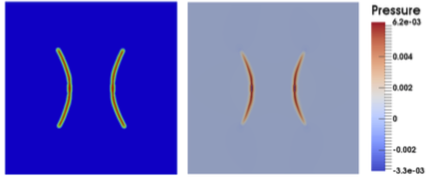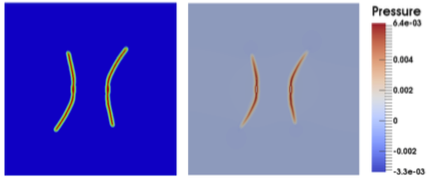Fully coupled reservoir simulator
A more promising approach is to leverage the implicit description of the fracture system through the phase–field function \(\alpha\), and develop a phase-field aware flow model. This is the scope of the doctoral work of Chukwudi Chukwudozie, co-advised with Mayank Tyagi (LSU Petroleum Engineering), supported by a grant from Chevron ETC.
Using advanced convergence properties of the phase–field function, it is possible to combine the reservoir flow model (Darcy’s law in a three dimensional body), and the fracture flow (Reynolds lubrication theory on the fracture surfaces) into a single equation, avoiding the need for ad-hoc leak-off laws, or an iterative coupling of these models. The phase–field model of fracture is then modified to account for pore pressure in the reservoir. This is best done by leveraging the dual nature of phase–field models, seen here as gradient damage models, and considering the phase–field variable \(\alpha\) as a macroscopic damage variable acting at the scale of the Cauchy stress.


Interactions between two stimulated cracks using the fully coupled reservoir simulator developed by Chukwudi Chukwudozie as part of his doctoral work. As in the “Sneddon” setting, near crack interactions lead to loss of symmetry.
References
RESEARCH
reservoirengineering
